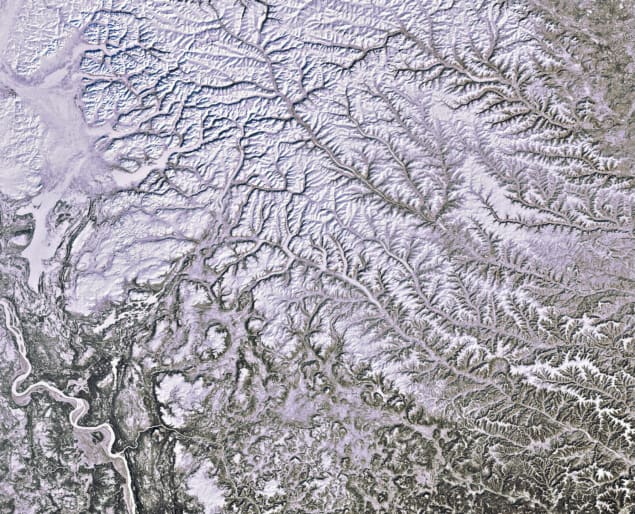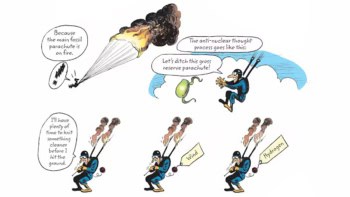
Large parts of Asian Russia could become habitable by the late 21st century due to climate change, new research has found.
A study team from the Sukachev Institute of Forest, Krasnoyarsk Federal Research Center, Siberian Branch, Russian Academy of Sciences and the National Institute of Aerospace, US, used current and predicted climate scenarios to examine the climate comfort of Asian Russia and work out the potential for human settlement throughout the 21st century.
They published their results today in Environmental Research Letters (ERL).
At 13 million square kilometres Asian Russia – east of the Urals towards the Pacific – accounts for 77% of Russia’s land area. Its population, however, accounts for just 27% of the country’s people and is concentrated along the forest-steppe in the south, with its comfortable climate and fertile soil.
The study’s lead author, Elena Parfenova of the Sukachev Institute of Forest, said, “Previous human migrations have been associated with climate change. As civilizations developed technology that enabled them to adapt, humans became less reliant on the environment, particularly in terms of climate.”
“We wanted to learn if future changes in climate may lead to the less-hospitable parts of Asian Russia becoming more habitable for humans.”
For their analysis, the team used an ensemble of 20 general circulation models (Coupled Model Intercomparison Project Phase 5) and two Representative Concentration Pathway scenarios – RCP 2.6 representing mild climate change and RCP 8.5 representing more extreme changes.
They applied the ensemble means of January and July temperatures and annual precipitation of the two scenarios to Asian Russia to find their respective effects on three climate indices that are important for human livelihood and well-being: ecological landscape potential (ELP), winter severity, and permafrost coverage.
Parfenova said: “We found increases in temperature of 3.4 °C (RCP 2.6) to 9.1 °C (RCP 8.5) in mid-winter; increases of 1.9 °C (RCP 2.6) to 5.7 °C (RCP 8.5) in mid-summer; and increases in precipitation of 60 mm (RCP 2.6) to 140 mm (RCP 8.5)”.
“This does not seem like much change for a day, but climatically speaking, this can mean the difference between life and death,” added co-author Amber Soja.
“Our simulations showed that under RCP 8.5, by the 2080s Asian Russia would have a milder climate, with less permafrost coverage, decreasing from the contemporary 65% to 40% of the area by the 2080s,” said Nadezhda Tchebakova.
The researchers also found that even under the RCP 2.6 scenario, the ELP for human sustainability would improve in more than 15% of the area, which could allow for a five-fold increase in the capacity of the territory to sustain and become attractive to human populations.
Parfenova concluded: “Asian Russia is currently extremely cold. In a future warmer climate, food security in terms of crop distribution and production capability is likely to become more favourable for people to support settlements. However, suitable land development depends on the authorities’ social, political and economic policies. Lands with developed infrastructure and high agricultural potential would obviously be populated first. Vast tracts of Siberia and the Far East have poorly developed infrastructure. The speed at which these developments happen depends on investments in infrastructure and agriculture, which in turn depends on the decisions that should be made soon.”
- This article was updated on 11th June with some minor language and formatting edits.



